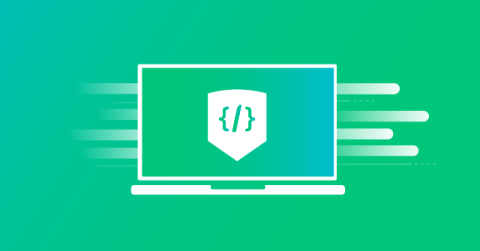Understanding EAR Compliance Regulations: Tips for US and non-US Companies
Coauthored with Eva Galfi, CEO & Principal Consultant, International Trade Advisors Pty Ltd The Department of Commerce’s Bureau of Industry and Security (BIS) implements and enforces the Export Administration Regulations (EAR) to regulate the export, reexport and transfer (in-country) commercial and less sensitive military items. If you need to comply with or learn more about US export control requirements, read our 6 W’s EAR Compliance to help you comply with these strict U.S.











